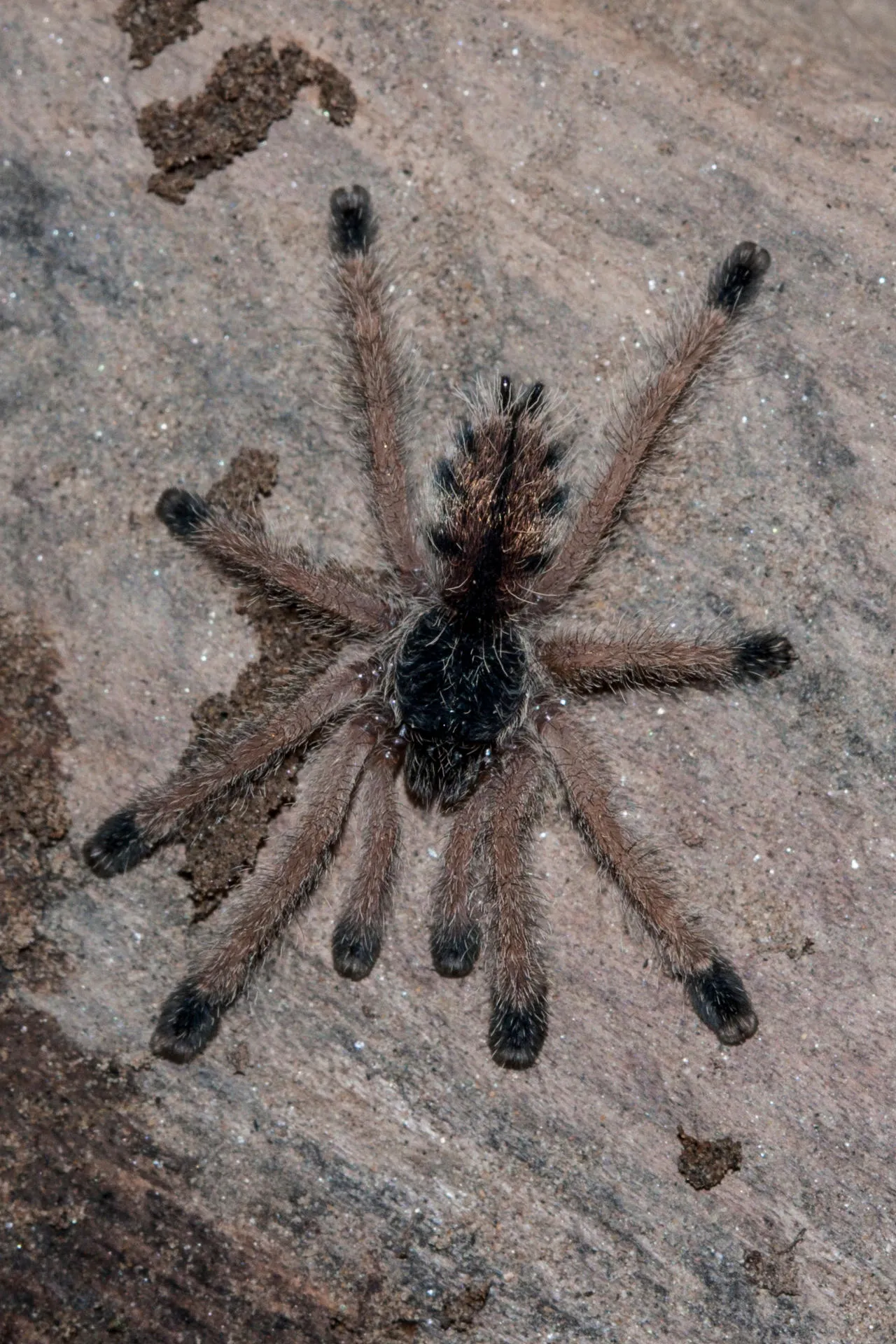What is Molting for Pinktoe Tarantulas
Molting is a crucial process for pinktoe tarantulas, and indeed for all tarantulas. It’s essentially how these arachnids grow and shed their old exoskeletons to reveal a new, larger one underneath. The exoskeleton, made of chitin, doesn’t stretch, so as the tarantula grows, it becomes too tight. Molting allows the pinktoe tarantula to shed this restrictive outer layer, which also helps them get rid of any parasites or injuries they might have sustained. This process is not only about growth but also about maintaining the health and well-being of the tarantula. It’s a vulnerable time for the tarantula, so understanding the molting process and its implications is vital for any pinktoe tarantula owner.
The Molting Process
The molting process is a fascinating, albeit slow, procedure. It begins with the formation of a new exoskeleton under the old one. The tarantula will often stop eating and become less active as it prepares. It will then lie on its back, a position that helps it shed its old exoskeleton. The old exoskeleton will split open, usually along the carapace (the top of the cephalothorax) and the tarantula will slowly wriggle out of its old shell. This can take anywhere from a few minutes to several hours, depending on the size and age of the tarantula. After the molt, the tarantula is incredibly soft and vulnerable, with its new exoskeleton being very soft. This is a crucial period, as any disturbance or injury can be detrimental.
Signs Your Pinktoe Tarantula is Molting

Recognizing the signs of an impending molt is crucial for providing proper care. The most obvious sign is a change in behavior. Your pinktoe tarantula may become less active, stop eating, and retreat to a secluded spot in its enclosure. You might also notice a darkening of the abdomen, as the new exoskeleton forms beneath the old one. The tarantula’s abdomen may also appear swollen or shiny. Another sign is a change in the tarantula’s posture; it may sit with its legs tucked closely to its body. Keep a close eye on your tarantula and maintain the ideal conditions in its enclosure. It’s important not to disturb the tarantula during this sensitive time; avoid handling and minimize vibrations near the enclosure.
Frequency of Molting Pinktoe Tarantulas
The frequency with which pinktoe tarantulas molt varies greatly depending on several factors. As a general rule, younger tarantulas molt more frequently than adults. Spiderlings may molt every few weeks, while older adults might only molt once a year, or even less often. The molting frequency slows down as the tarantula matures. This is because growth rate decreases with age. Knowing this general pattern helps owners anticipate molting and provide appropriate care. Always keep a record of your tarantula’s molting history to track its health and growth patterns. This will help you spot any deviations from the normal molting cycle, which could indicate an underlying health issue.
Factors Affecting Molting Frequency
Several factors influence how often a pinktoe tarantula molts. Understanding these factors can help you optimize your tarantula’s environment and care to promote healthy molting cycles.
Age
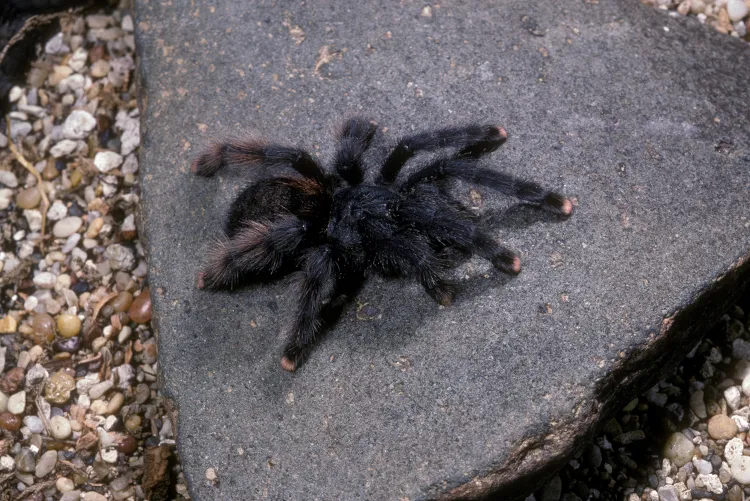
As mentioned earlier, age is a significant factor. Younger pinktoe tarantulas molt more frequently because they are growing rapidly. The frequency gradually decreases as they mature. Juvenile tarantulas will molt more often than subadults, and subadults will molt more often than adults. This is a natural progression, and the change in molting frequency is an indicator of the tarantula’s life stage. The older the tarantula gets, the slower its metabolism and growth, leading to fewer molts per year.
Diet
A well-balanced diet is essential for healthy molting. Pinktoe tarantulas need to consume enough food to support growth and the energy required for molting. Overfeeding can lead to faster growth and, potentially, more frequent molts. However, underfeeding can hinder growth and lead to molting issues. Providing appropriately sized prey items and the right feeding schedule, is a critical aspect of tarantula care. Observe your tarantula’s body condition. If it appears too thin, consider increasing the frequency of feeding, or if it is too plump, reduce the feeding frequency.
Temperature and Humidity
Maintaining the correct environmental conditions is critical for successful molting. Pinktoe tarantulas thrive in specific temperature and humidity ranges. Adequate humidity helps the tarantula shed its old exoskeleton. Too little humidity can cause difficulties, like stuck molts. Too much humidity can encourage mold growth and other problems within the enclosure. The correct temperature also supports the metabolic processes necessary for molting. A consistent temperature and humidity level will help ensure the molting process goes smoothly. Use a hygrometer and thermometer to monitor the conditions in the enclosure and make adjustments as needed. The ideal humidity for a pinktoe tarantula is between 70% and 80%.
Creating the Right Environment for Molting
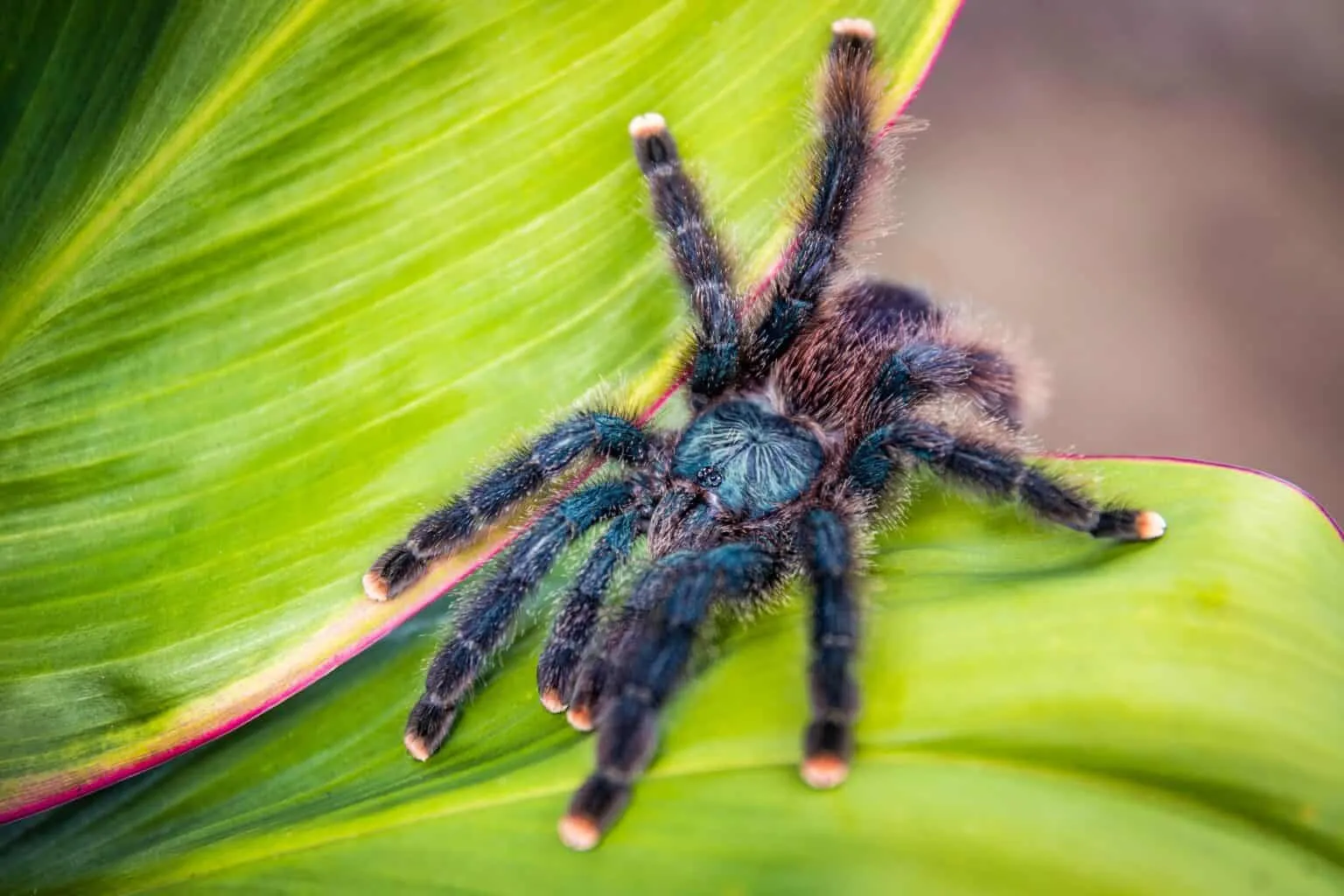
Creating an optimal environment is crucial for ensuring a successful molt. Provide a secure and undisturbed enclosure. This includes ample space for the tarantula to move around and a substrate that allows it to burrow if it chooses. Maintain the correct temperature and humidity levels, as previously mentioned. The substrate should be appropriate for the tarantula’s needs. Avoid disturbing the tarantula during the molting process, and provide fresh water at all times. Proper ventilation is also important to prevent the build-up of harmful gases and to regulate humidity. A healthy environment will reduce stress and encourage healthy molting cycles. Regular cleaning and maintenance of the enclosure is essential.
What to Do After a Molt
After a molt, the tarantula is incredibly vulnerable. It’s important to provide proper care during this time. The tarantula’s fangs will be soft, so avoid feeding it for several days. Offer a small amount of food a week after the molt. Ensure the enclosure is clean and free of any potential hazards. The tarantula’s new exoskeleton needs time to harden, and it can easily be injured during this period. Be patient, and avoid handling the tarantula until its fangs and exoskeleton have fully hardened. It’s also a good time to check the old exoskeleton for any issues or missing limbs. If there are any concerns, contact a veterinarian or experienced tarantula keeper.
Feeding and Care
Once the tarantula’s fangs and exoskeleton have hardened, you can resume its regular feeding schedule. Offer appropriately sized prey items. Monitor the tarantula’s eating habits. If it’s not eating, it could be a sign of stress or an underlying health issue. Continue to maintain the ideal environmental conditions, including temperature, humidity, and a clean enclosure. Be aware of the tarantula’s behavior. After a molt, your tarantula will be more active, and you might notice a change in its coloration. This is a normal part of the process. Provide fresh water in a shallow dish at all times. Regularly check the water dish and clean it to prevent contamination.
Handling and Observation
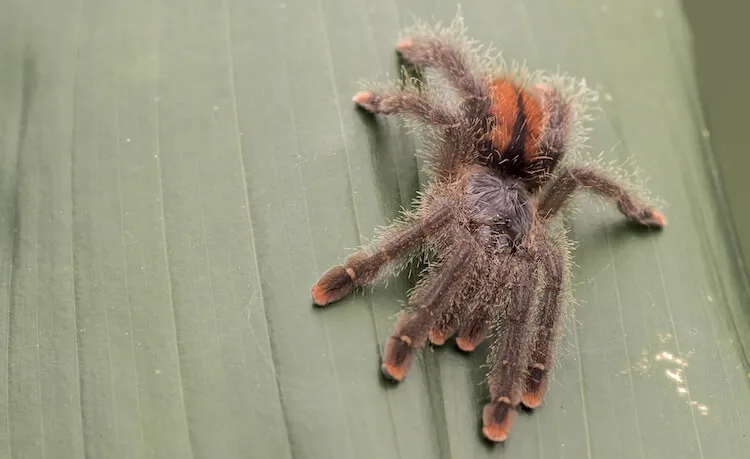
Avoid handling your pinktoe tarantula directly after it molts, as it is very fragile. Even gentle handling can cause serious injury. Once the exoskeleton has hardened, you can resume handling it if you choose to do so. Always handle the tarantula gently and carefully, and never force it to do anything. Regular observation is also important. Check for any signs of illness or injury, and monitor its eating and molting patterns. Note any unusual behaviors. This will help you identify potential problems early on. Keep a log of molting dates and any changes in the tarantula’s appearance or behavior. This will help you track its overall health and well-being.
Common Molting Problems
While molting is a natural process, problems can sometimes arise. Being aware of these issues can help you address them and prevent serious harm to your pinktoe tarantula.
Stuck Molt
A stuck molt occurs when the tarantula has difficulty shedding its old exoskeleton. This can be caused by low humidity, environmental stress, or underlying health issues. If you notice your tarantula struggling to molt, you can try to increase the humidity in its enclosure. You can also gently mist the tarantula with water. However, avoid pulling or forcing the old exoskeleton off. This could injure the tarantula. If the problem persists, seek the advice of an experienced tarantula keeper or veterinarian. Early intervention is essential to avoid serious complications.
Loss of Limbs
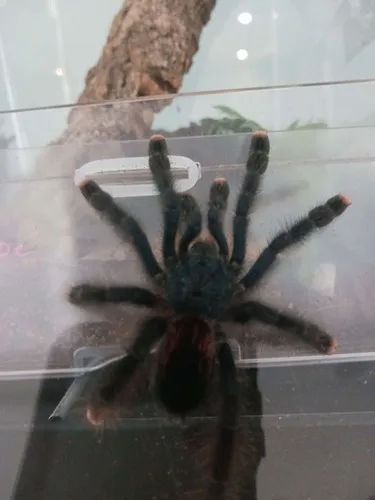
During a molt, the tarantula’s limbs can sometimes get stuck or break. If a limb is lost during a molt, it will usually regrow over subsequent molts. However, the regrowth process can take several molts. Provide a clean and stress-free environment to support the regrowth process. Ensure that the tarantula has adequate nutrition to support the regrowth. If the tarantula loses multiple limbs or appears to be struggling, seek the advice of a veterinarian or experienced tarantula keeper.
Conclusion
Molting is a fundamental process in the life of a pinktoe tarantula, essential for growth, health, and longevity. By understanding the molting process, its frequency, and the factors that affect it, you can provide the best care for your pet tarantula. Maintaining the correct environmental conditions, a proper diet, and minimizing stress are key to promoting successful molts. Always be observant, and address any issues promptly. With proper care, your pinktoe tarantula can live a long and healthy life, molting successfully throughout its lifespan. Remember that each molt is a testament to the tarantula’s health and resilience.
